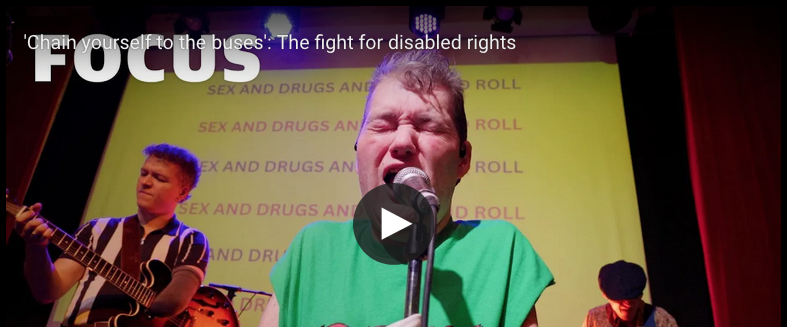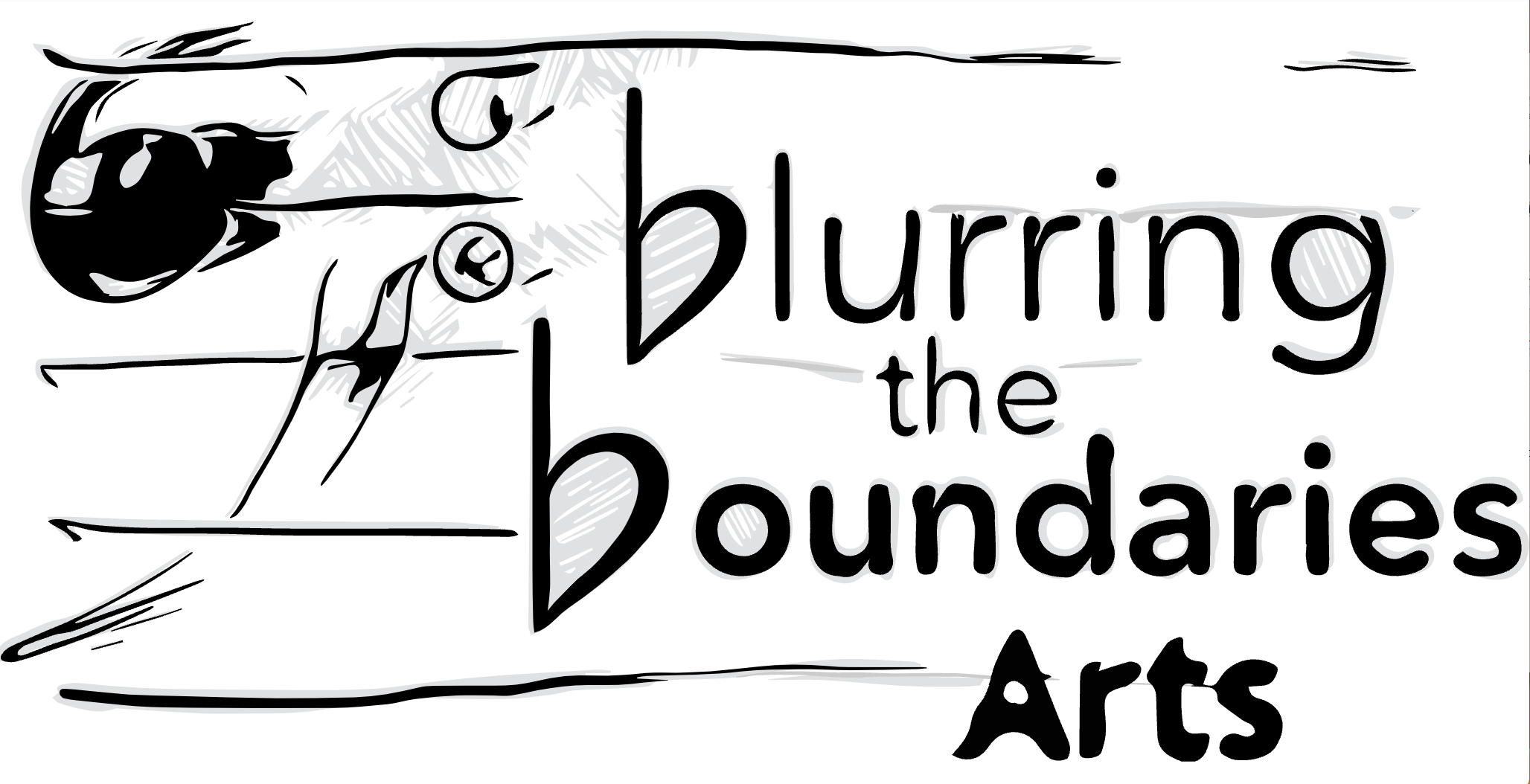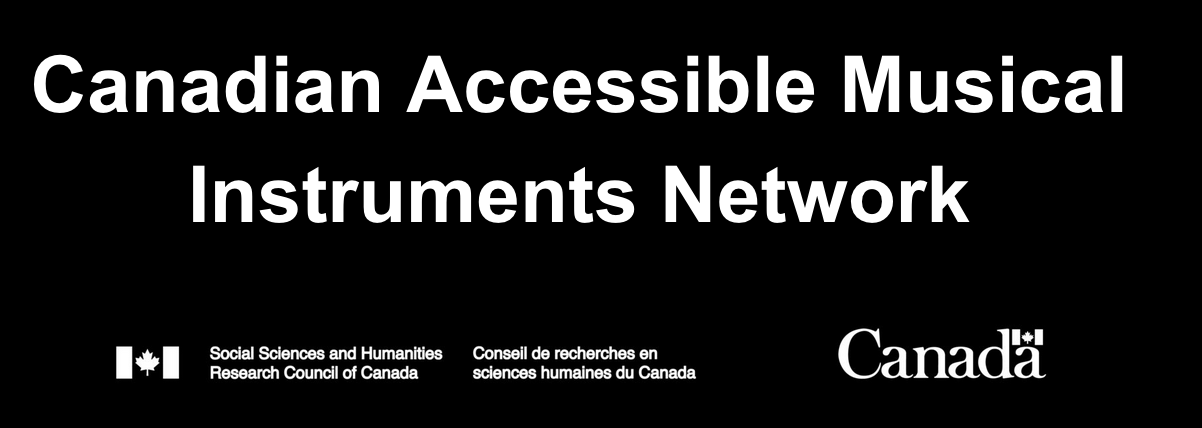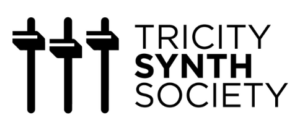Activities to Support Experimentation, Making & Participation
Working with Patch Cards: Experiment, Improvise and Try Things! Our Patch Cards are designed to get you started … and you take it from there. Patch cards introduce you to the different modules and how to use them to create sound and make music.
- 2 Groups can use different Patch Card(s) and experiment, add complexity and, when groups are ready, they can share their patches and techniques with others.
- Mix up card ideas: Use more than one Patch Card to create a more complex musical patch. For example, you can use Patch Card 3 (Simple Melody) with Patch Card 10 (The R2D2 Patch) to create multiple voices using two of the oscillators. See what other card combinations might work (Filter Cards, etc) to create evolving soundworks and music.
- Cross-reference Patch Cards with any of our Video tutorials or patch demos. Note that different players use different techniques – and there is NO single ‘right’ way.
Focus on Single Modules: Take some time to explore different modules to see what they can do! For example, your Korg Sequencers, System80 Drum Machines, and MATHS modules all are musical worlds unto themselves.
- Use Patch Card 3 to explore how the Sequencer works. Start with a simple melody and then see what you can do with the Sequencer (adjust pitches and select scales, octave ranges, time signatures, and try out different sequencer patterns, including random mode). See Patch Card 14 to see how to create melody and harmony using two oscillators.
- Spend some time looking at the effects unit as another instrument. Besides reverb and delay, the effects unit has a simple harmonizer (pitch shifter) and something called a ‘ripper’ which can be used to create really distorted and ‘crushed’ sounds (try it with the drum machine).
Create a CMST Soundcloud or Bandcamp Album: As you get more handy with the synths, use a DAW to record cool patches as they emerge. Consider recording group compositions, shorter soundworks, or hands-on performances and upload them to Soundcloud or Bandcamp to create a CMST modular synth ‘Album’.
Bringing in Other Instruments: Do you have other instruments or things that make noise and resonate in the room? Consider:
- Exploring how other acoustic instruments or objects make sound and resonate and then make connections with synths. For example, how do plucky sounds work with acoustic instruments and how can we shape different sounds and various musical outputs (vibrato, tremolo, glissando, etc) using the synths?
- Create totally new and/or bizarre music ensembles that combine the synths systems and any other instruments or resonating objects on hand. Invent new forms of music!
Create Whole-Group Super Patches:
- Remember that your two systems can just as easily be used as ONE BIG SYSTEM, and you can patch directly across the systems and modules.
- Syncing the tempos of both of the musical systems is easy. Just patch a cable from the output of one clock divider (master tempo) and patch the cable into the input of the other clock divider on the second system.
Come up with cool games that support EXPERIMENTATION and PARTICIPATION: There are all kinds of activities that get people active and trying things out.
- Turn-based patching: Allow different learners to take turns (in some order) where you have to add to a patch or change a modular parameter. Don’t be afraid to make ‘mistakes’, as mistakes are part of the game, and what we learn from. Often, a ‘mistake’ can end up leading to a new insight, a cool effect, or even a new technique!
- Patch Card Challenges: Use a patch card as a starting point and then see what you can do to modulate and change up the sound and create something totally new. Play around with the different patch possibilities and controls, see what happens, and take it as far as possible!
- Exploring Process 1: Come up with a genre/style like techno, drum-n-bass, ‘drone’, hiphop,or ambient (and so on) – or something as simple as a gong strike or banjo-like lick – and then, as a group, talk through what you might need to do to make that sound-patch happen. Then try to do it and explore how things happen (or not), how plans change, and possibly how you perhaps end up somewhere very different, musically, than what you originally expected.
- Exploring Process 2: Do the opposite. Just work with the modules and the sounds you make and see where your interactions ultimately take you.
- Come up with your own games and ways of interacting, exploring, or composing!
















